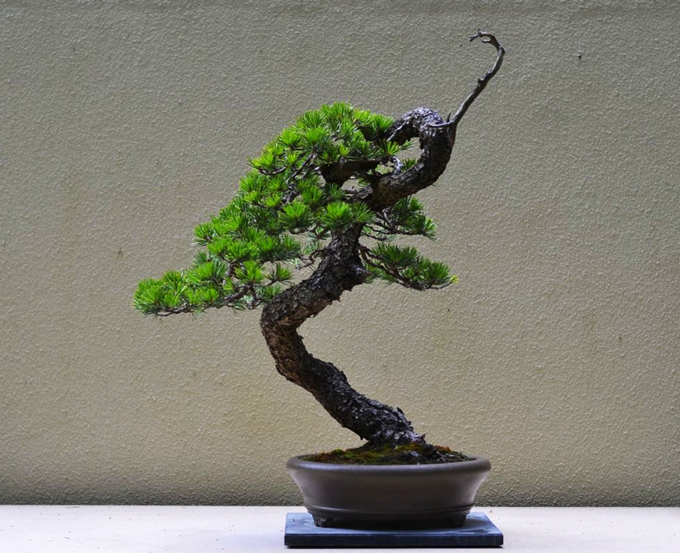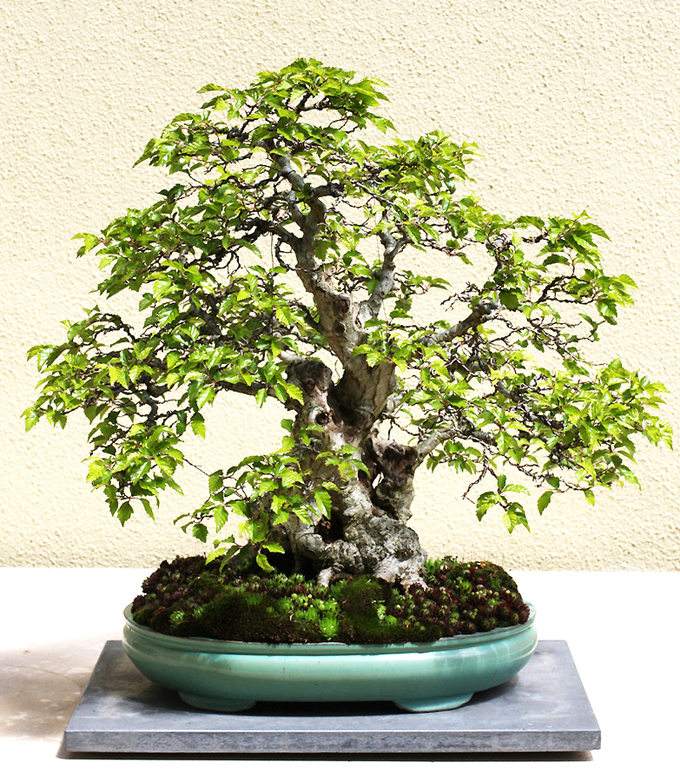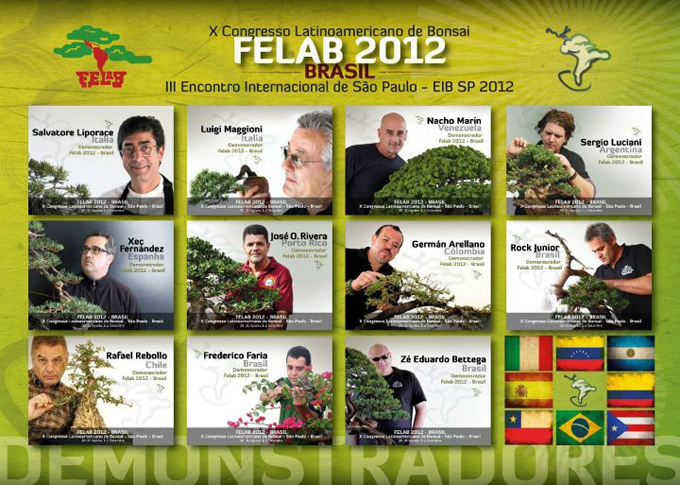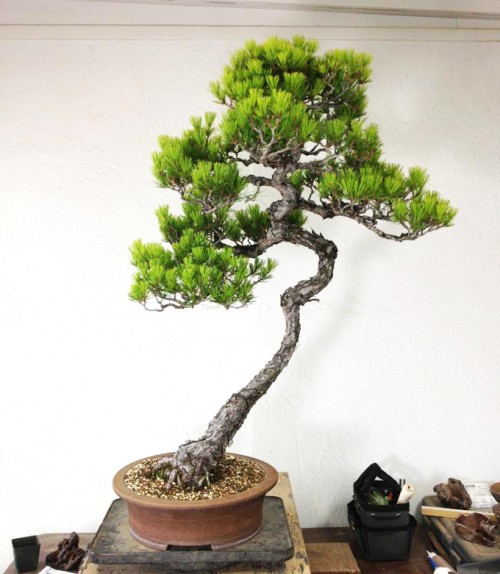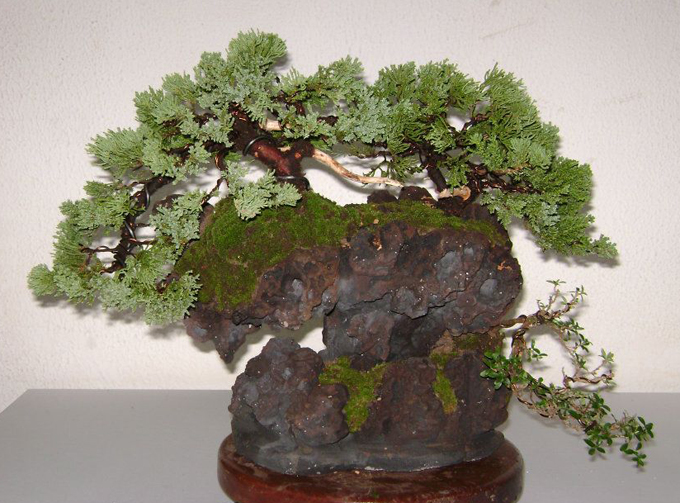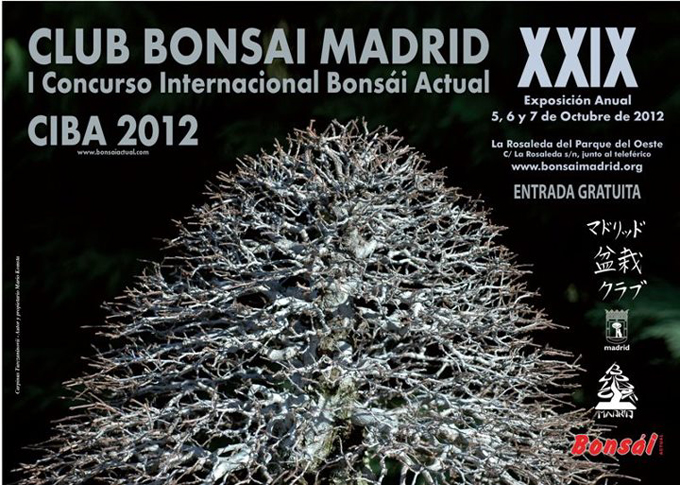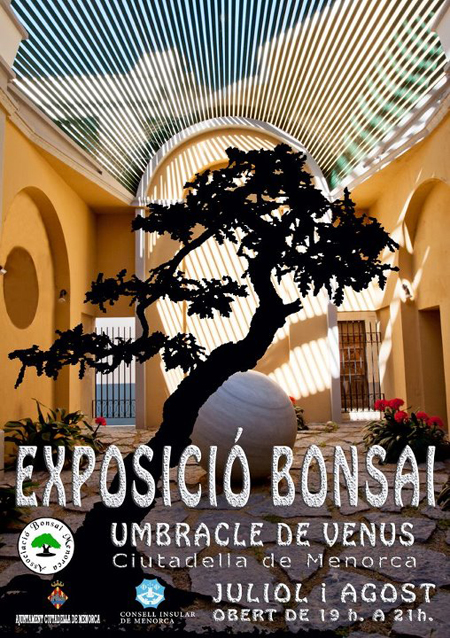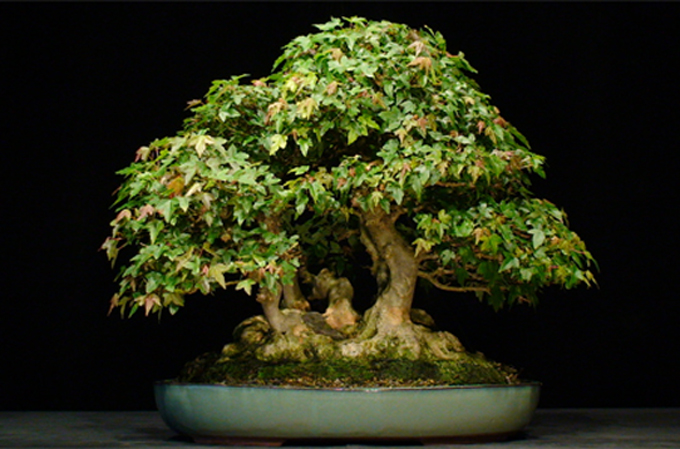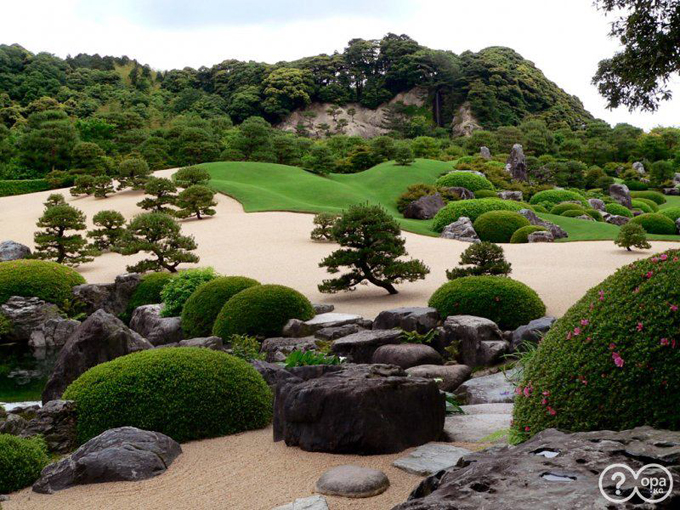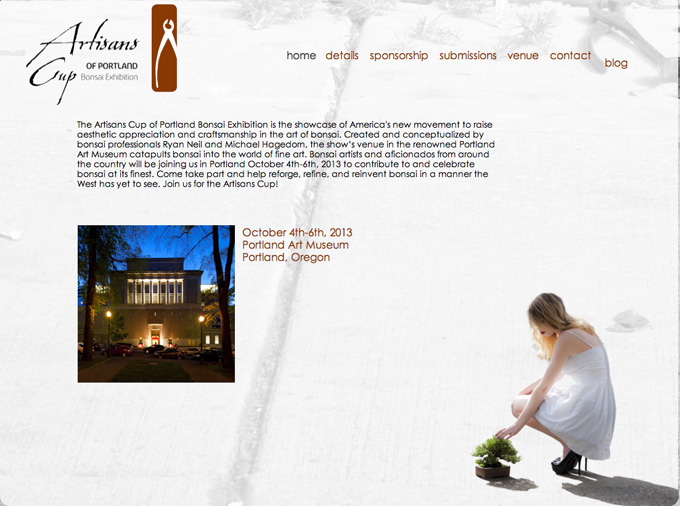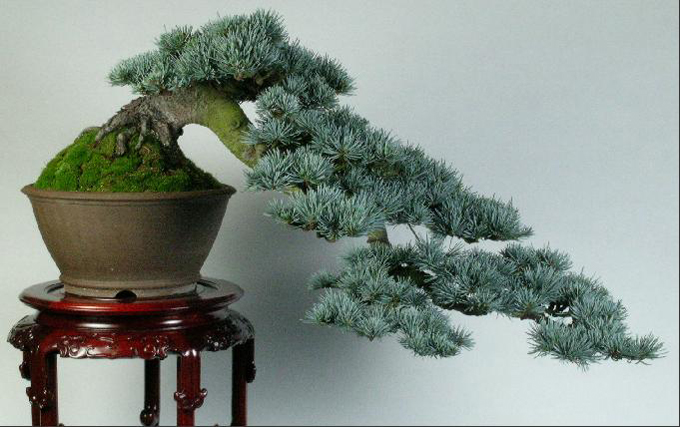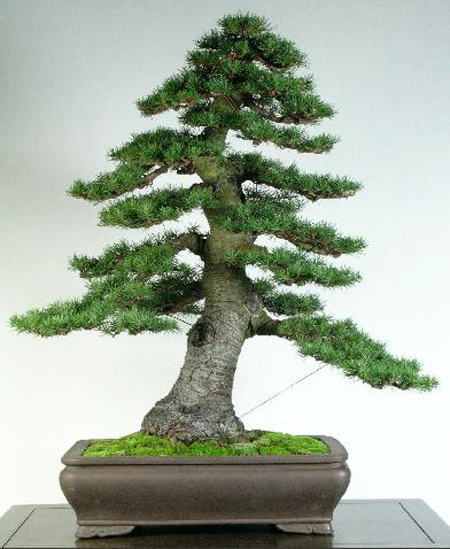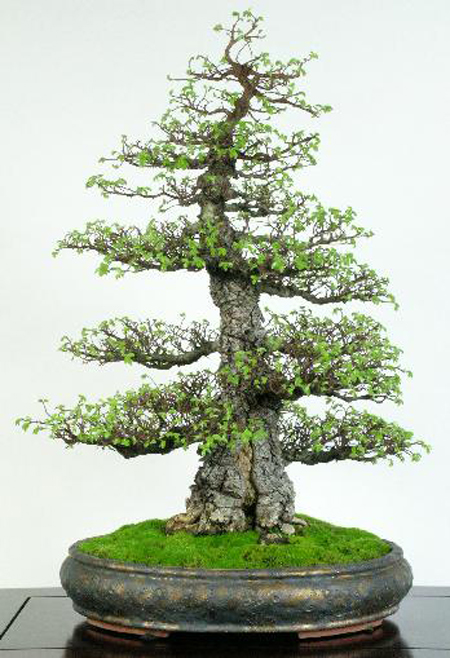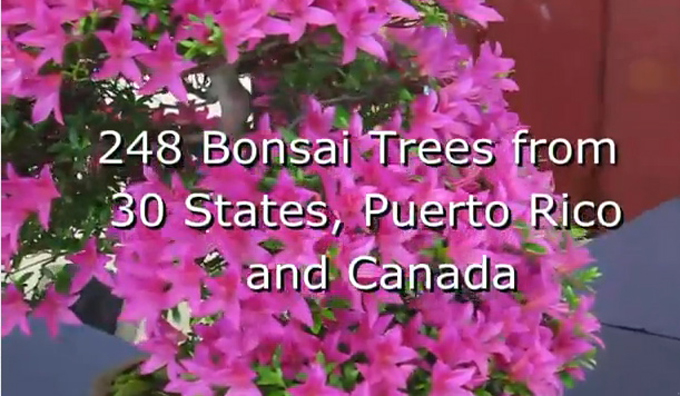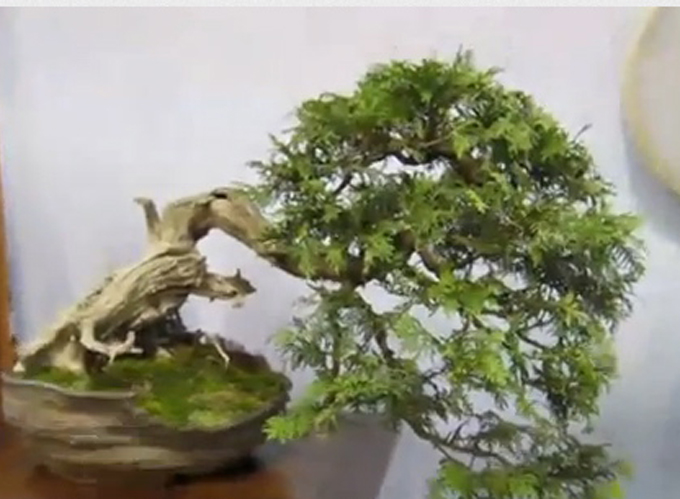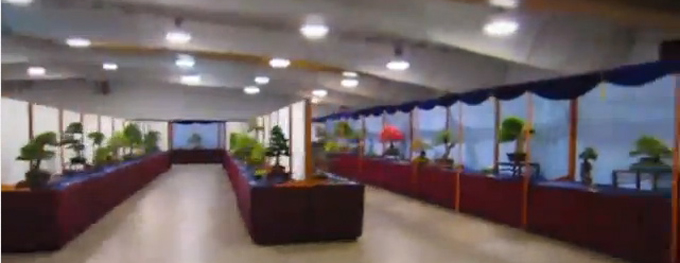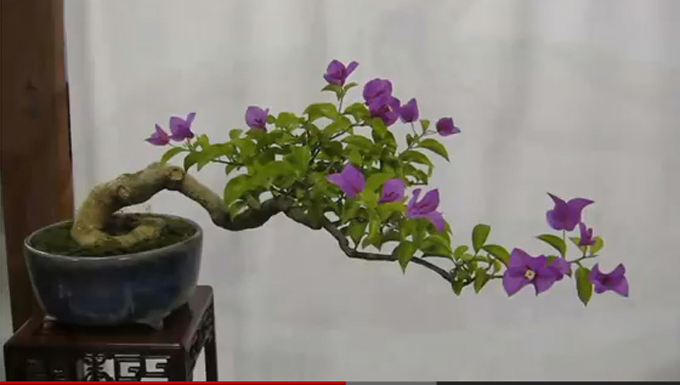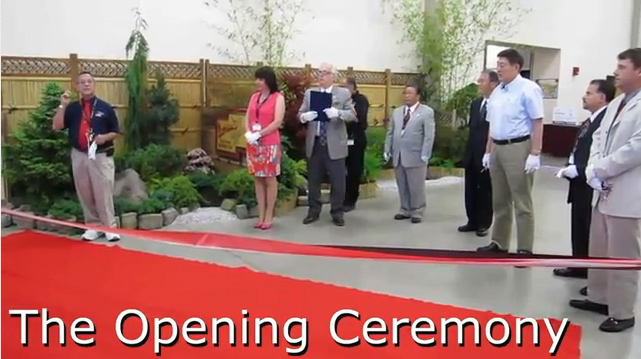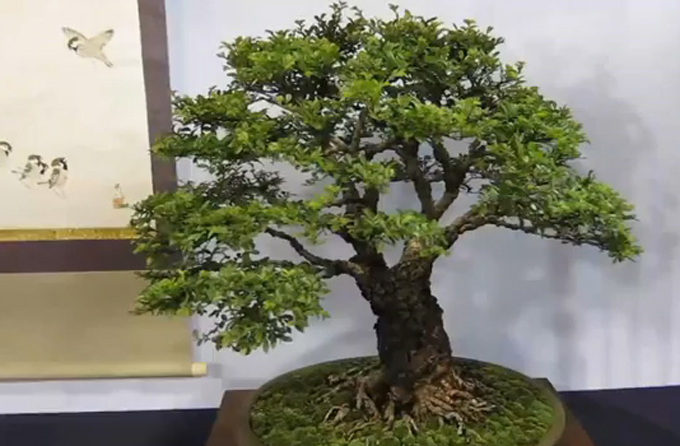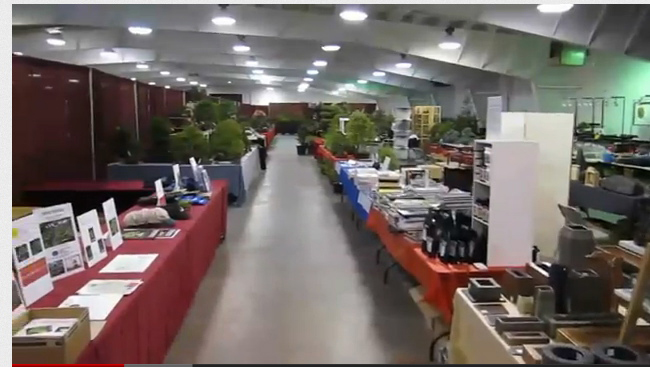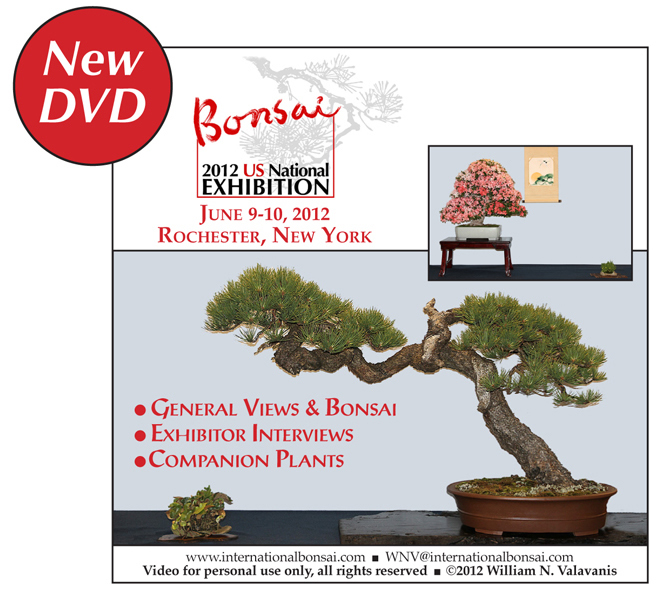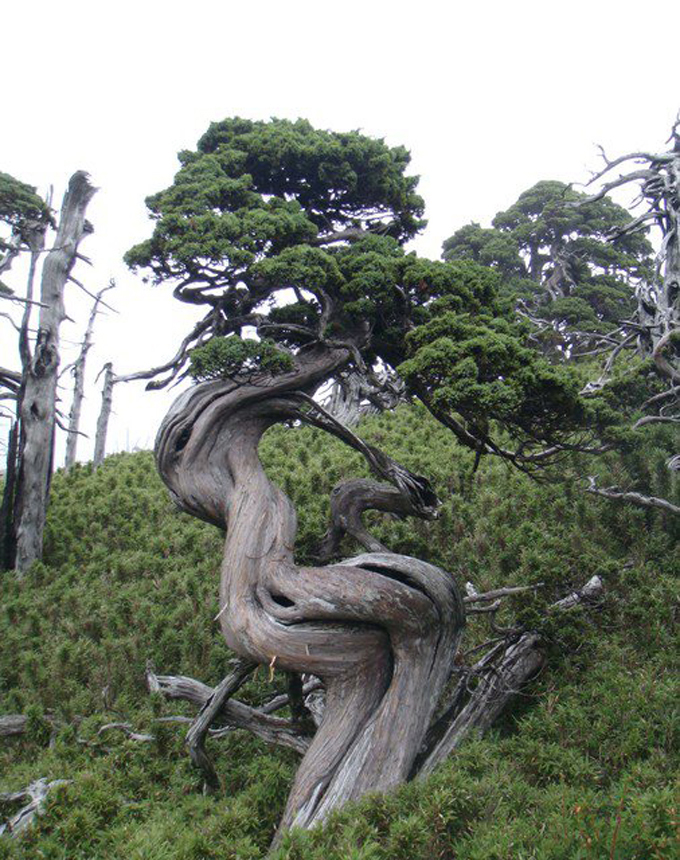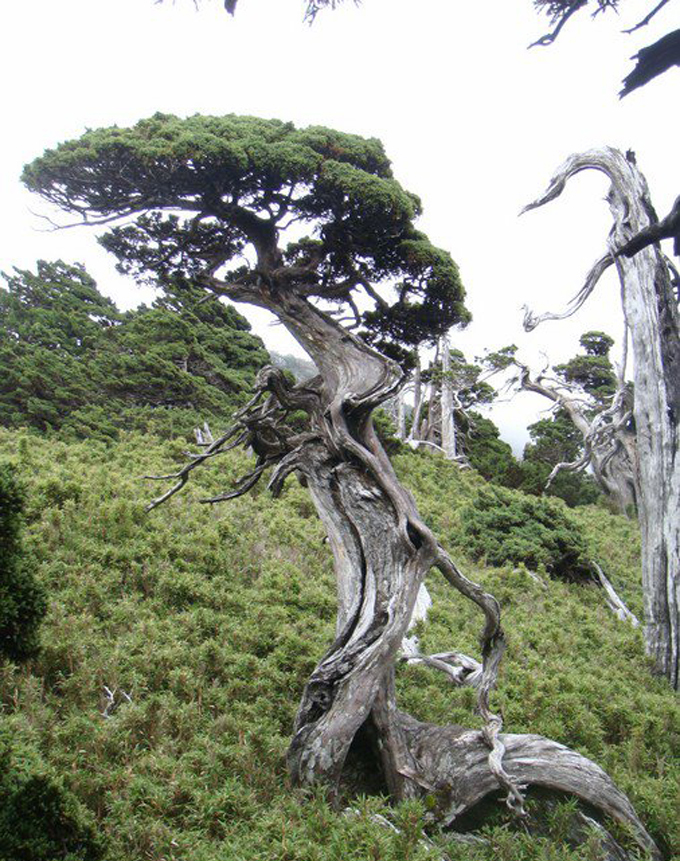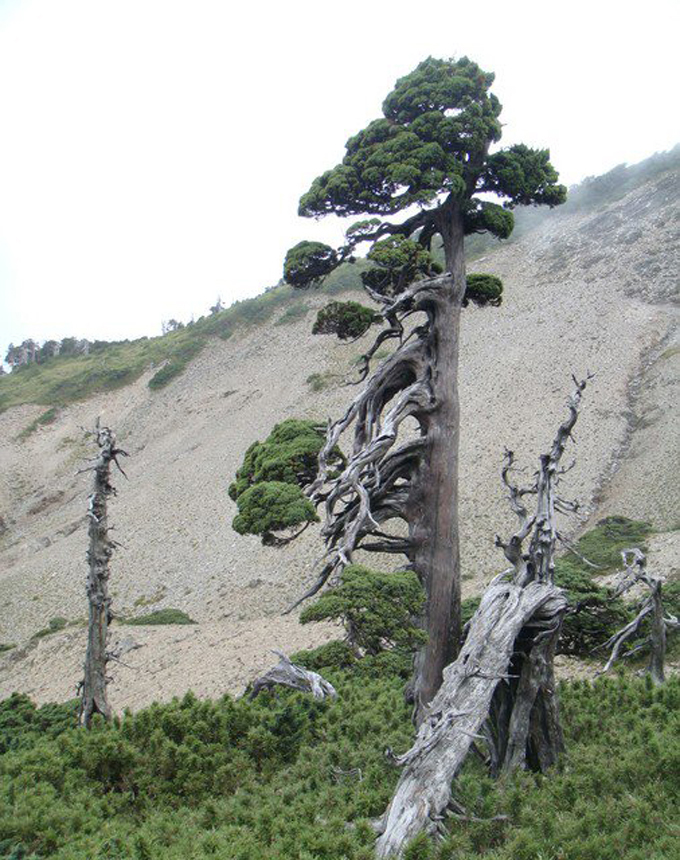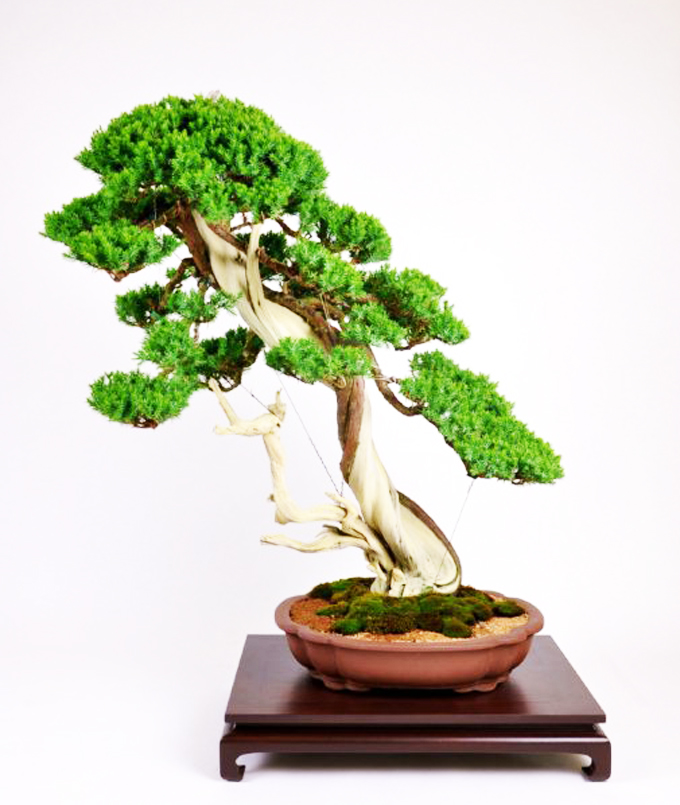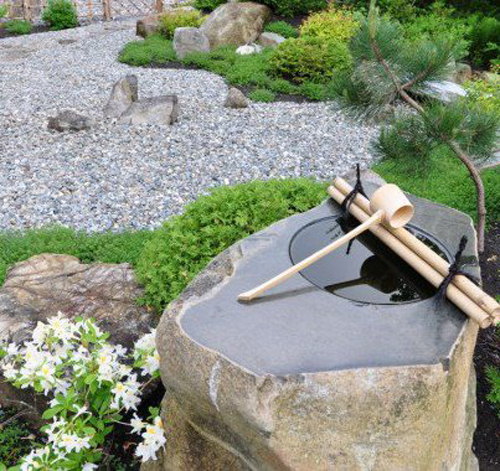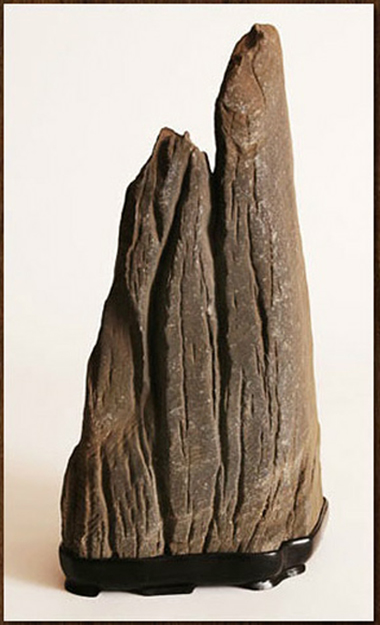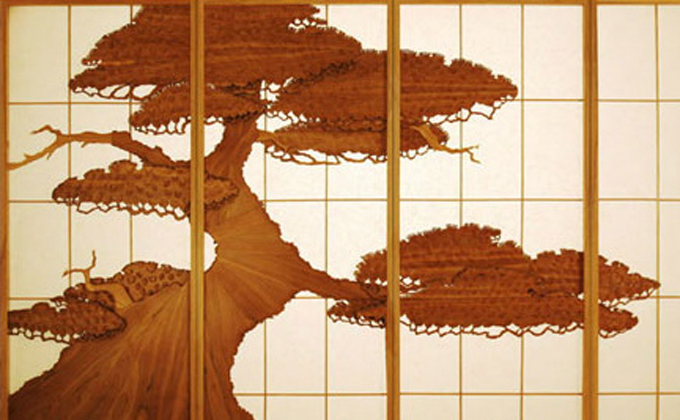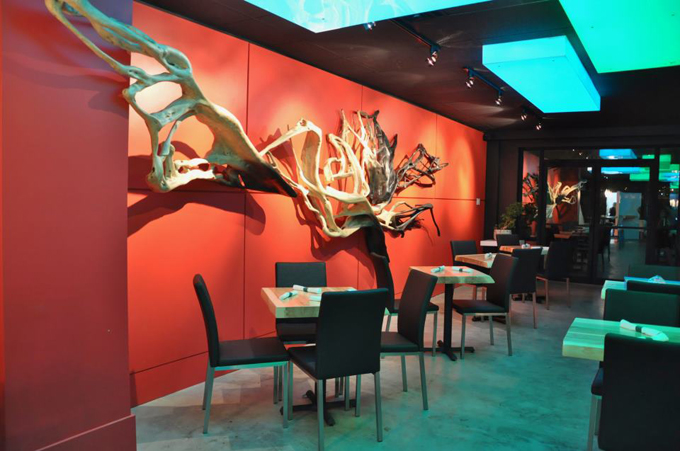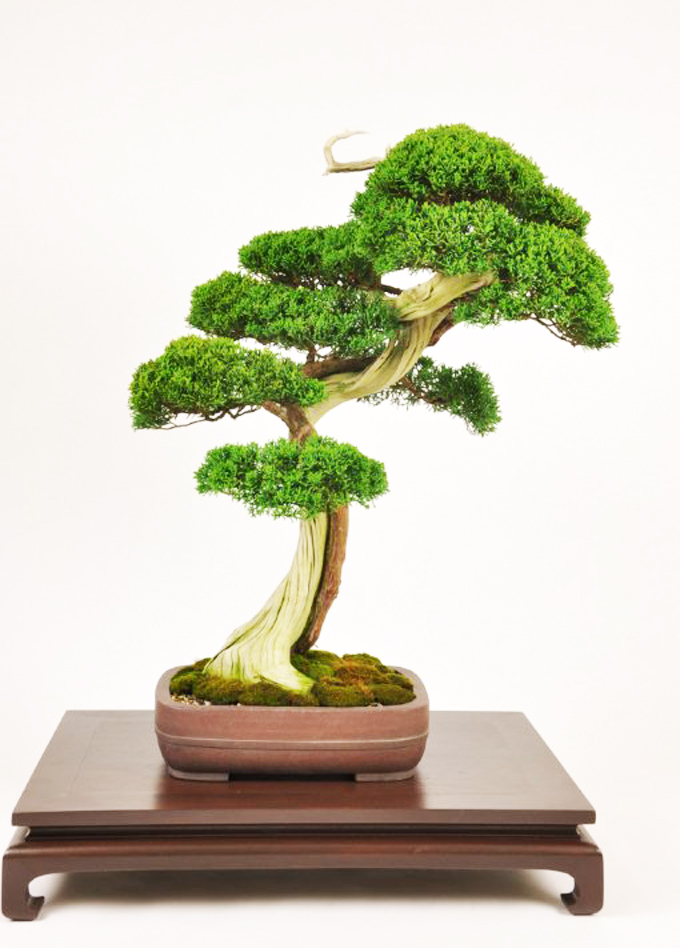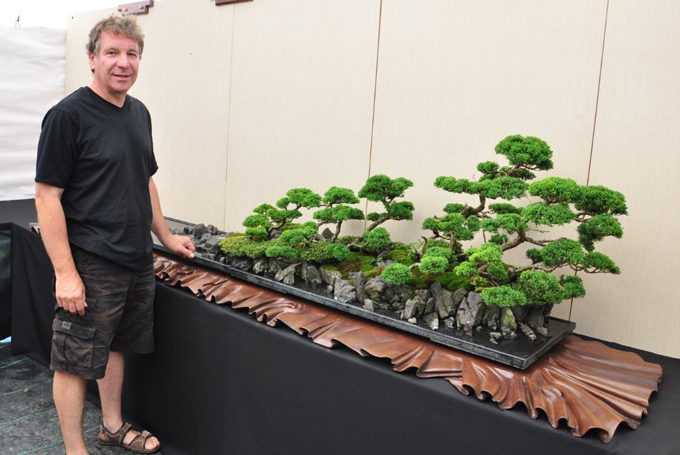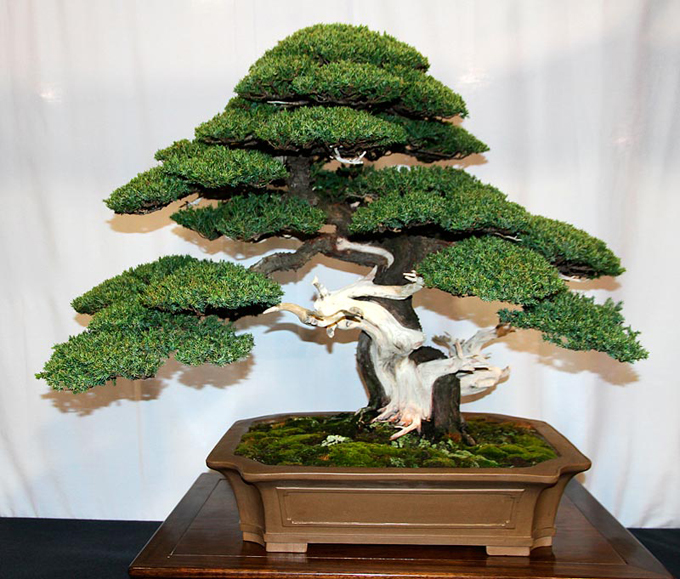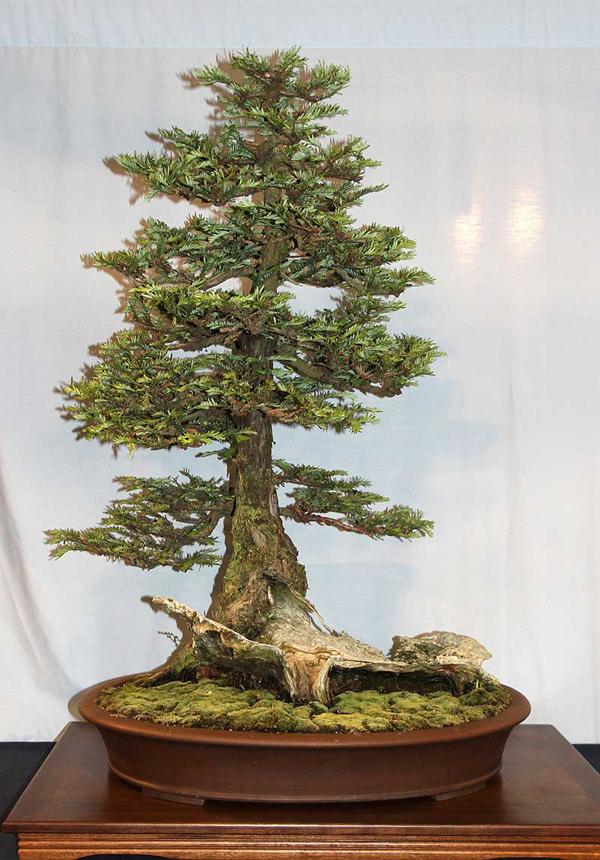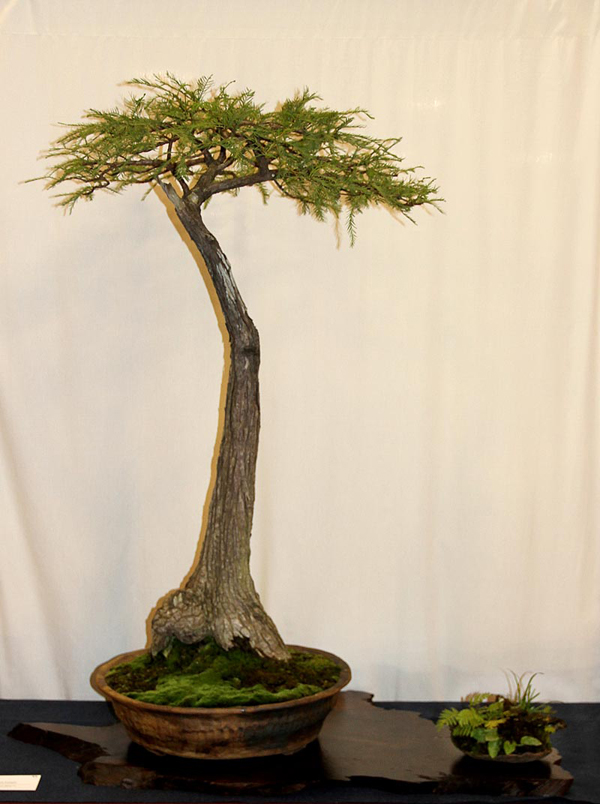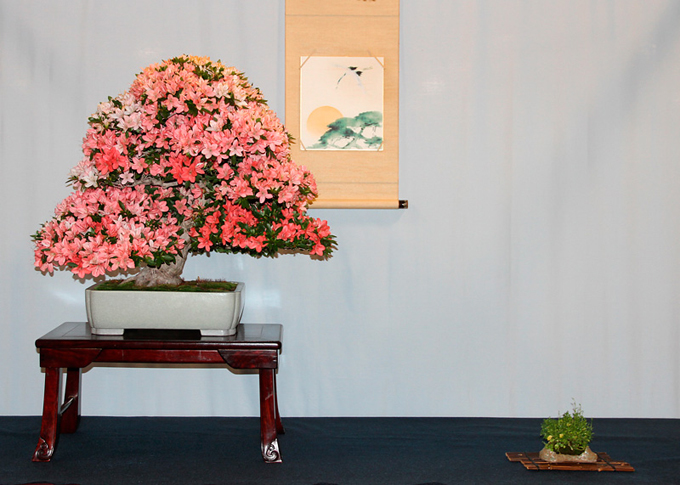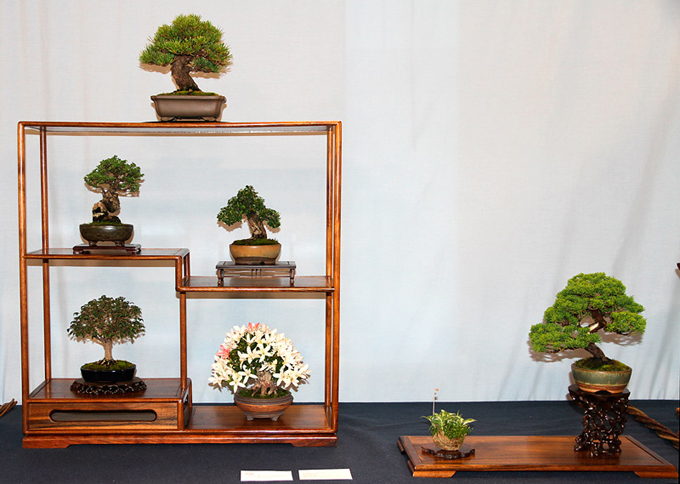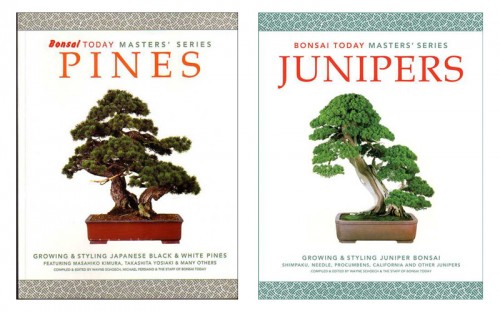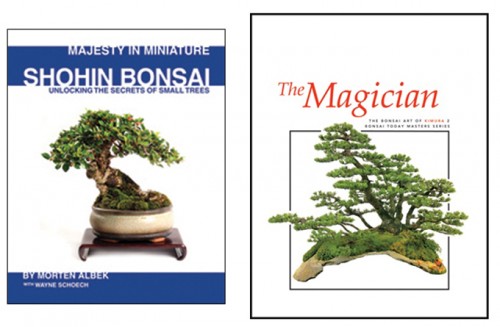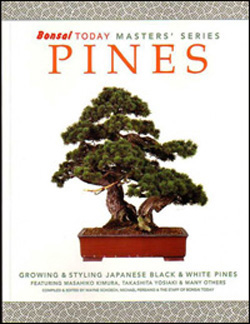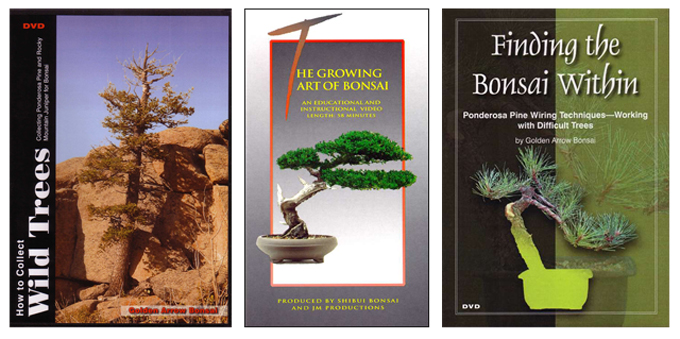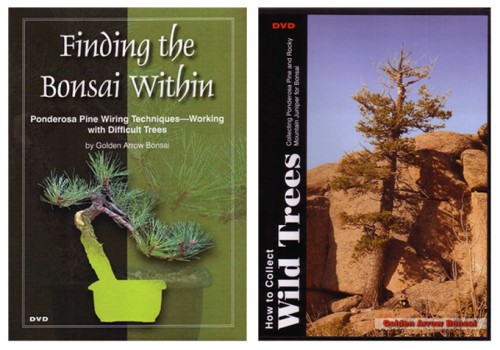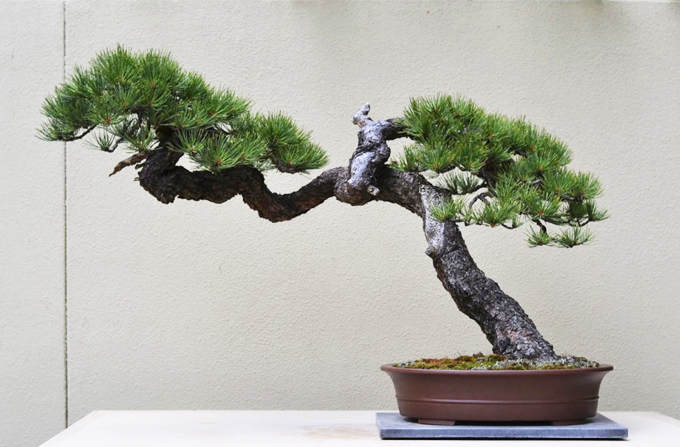 I was struck by this large Ponderosa pine at the 3rd U.S. National Exhibition. It’s even bigger than it looks here and also has more depth and movement than this two dimensional representation shows. Still, you can get some idea of its natural power. It belongs to Ryan Neil.
I was struck by this large Ponderosa pine at the 3rd U.S. National Exhibition. It’s even bigger than it looks here and also has more depth and movement than this two dimensional representation shows. Still, you can get some idea of its natural power. It belongs to Ryan Neil.
New American Masters show at the Pacific Rim Collection
Michael Hagedorn and Ryan Neil both apprenticed in Japan where the term Master isn’t thrown around casually, and my guess is that neither of them is completely comfortable with it being used in reference to themselves. However, whatever term your choose, there’s no question that Ryan and Michael are both highly skilled bonsai artists whose efforts are helping push North American bonsai closer to world-class bonsai.
Don’t miss it!
If you are anywhere near Seattle in the next couple weeks (until July 15th), don’t miss the show at the Pacific Rim Bonsai Collection. It’s David DeGroot’s brainchild (David is the curator of the Pacific Rim Collection) and it features the bonsai of both Ryan and Michael. For more on the show, including one of Michael’s now famous humorous anecdotes (Michael is the author of the eminently readable and often quite funny Post-Dated: the Schooling of an Irreverent Bonsai Monk), you can visit Crataegus Bonsai.
Artisans Cup
It would be remiss to talk about Michael and Ryan without mentioning their upcoming (2013) Artisans Cup. But rather than suffering through more of my ramblings, this might be just the spot to quote Colin Lewis: “What’s really significant with the Artisans Cup is the venue: The Portland Museum of Art. This is the first time a major art establishment has truly acknowledged bonsai as worthy of its attention. It’s a huge step forward and will hopefully set a precedent for future events in museums across the country.” From the comments on our recent post about the Artisans Cup.
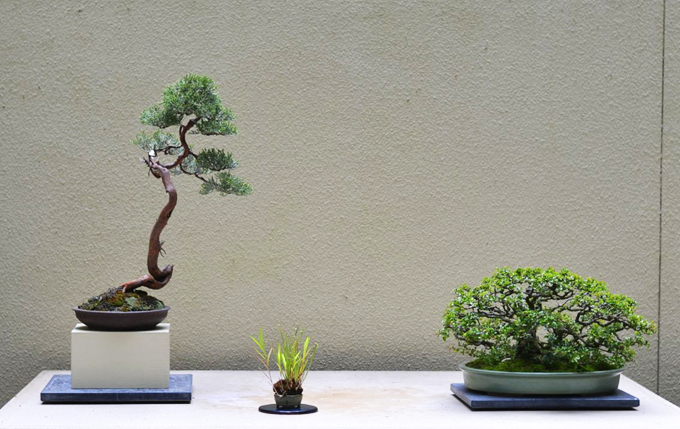 Western juniper, grass, ‘Chojubai’ quince—Michael Hagedorn
Western juniper, grass, ‘Chojubai’ quince—Michael Hagedorn
